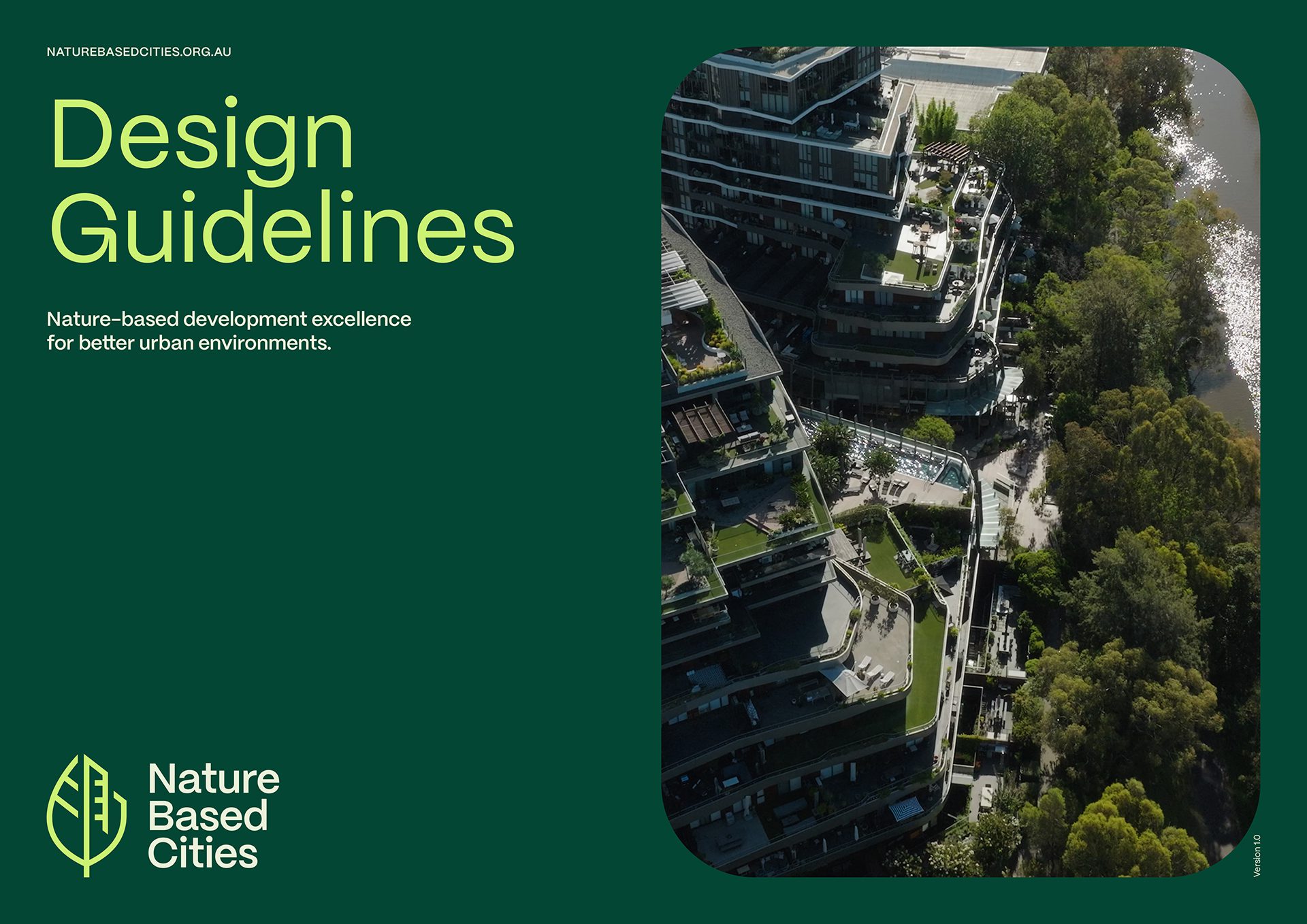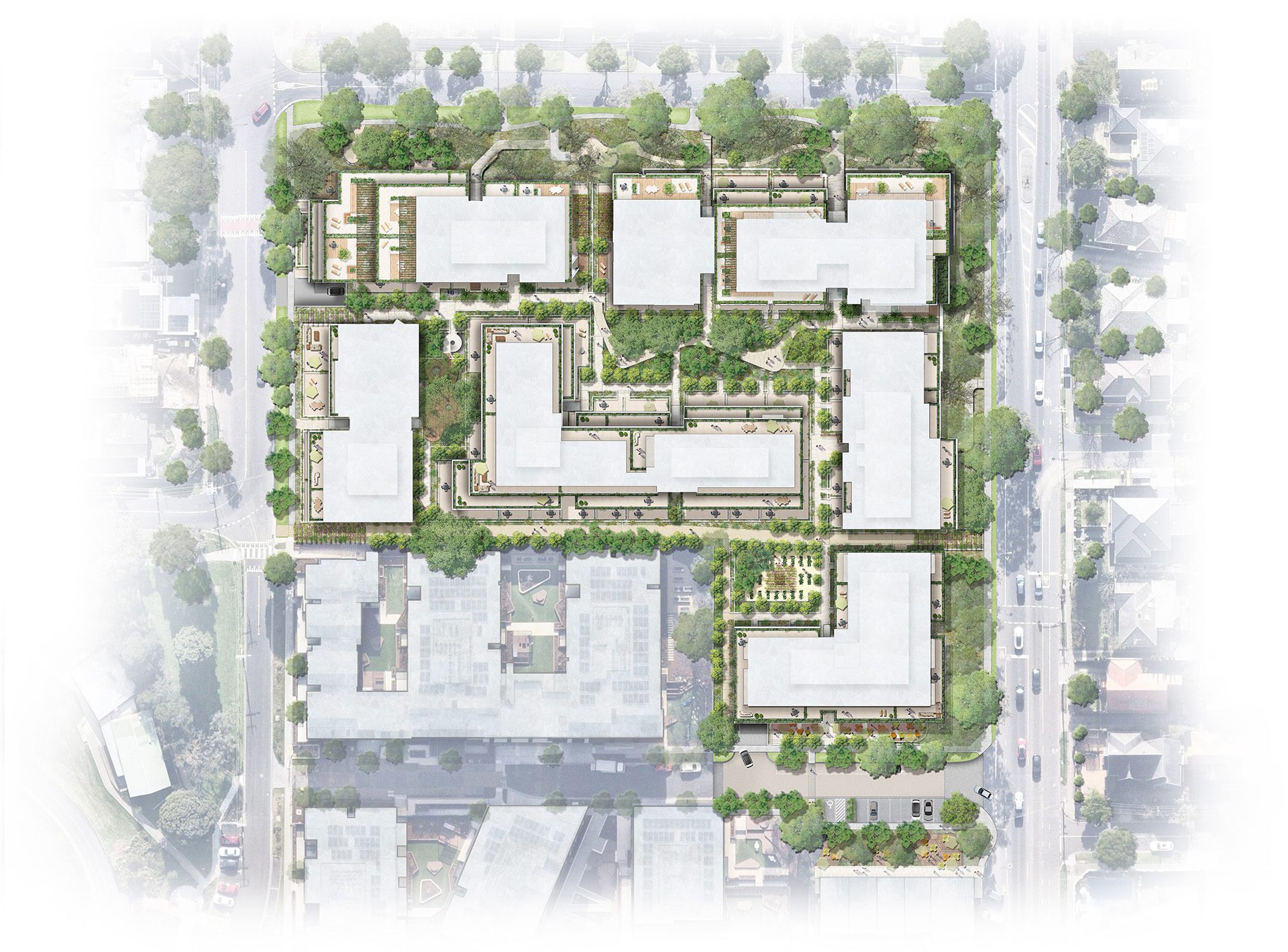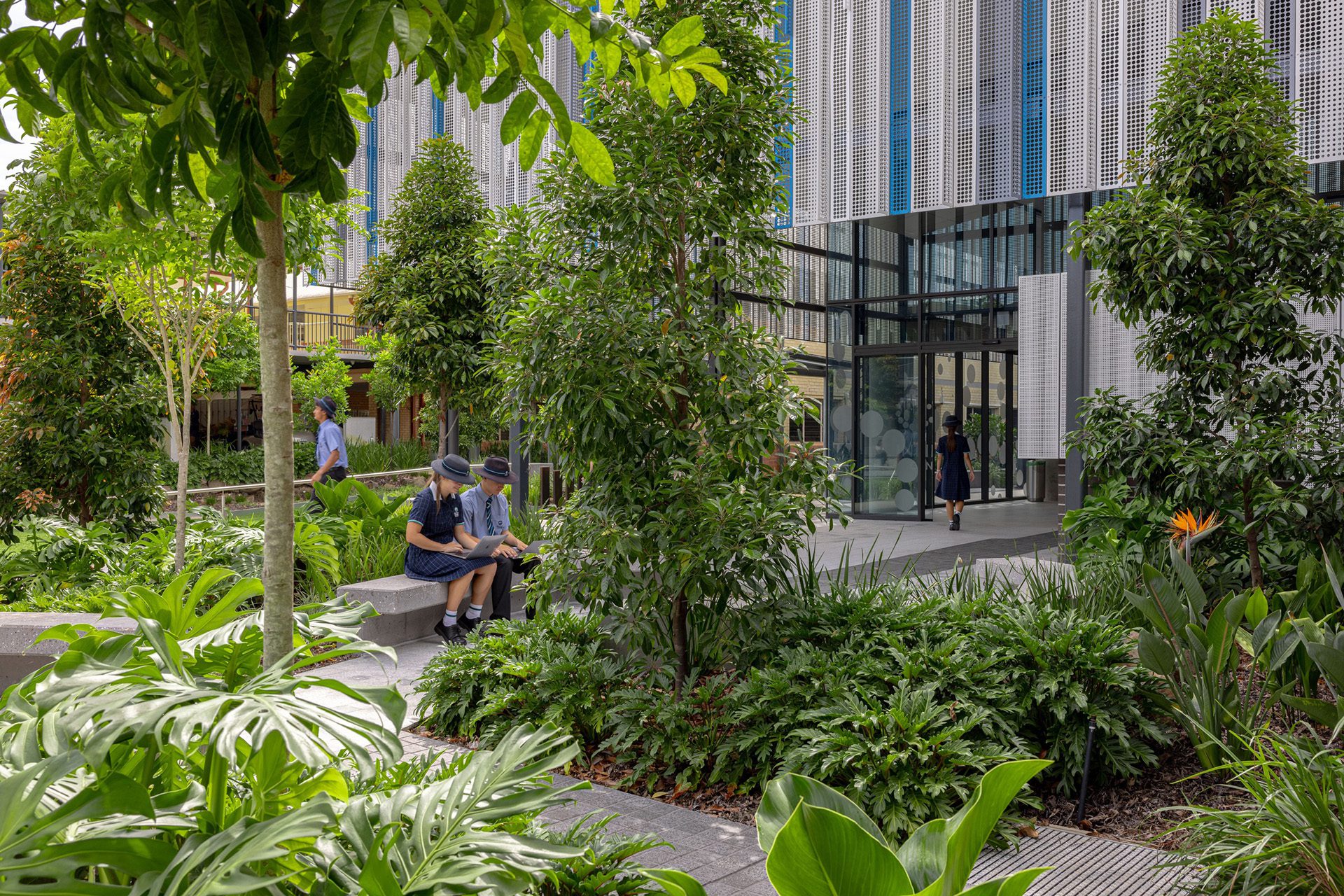Nature Based Cities: Living Landscapes for Urban Environments
Words — Tract
Images — Tract
Category — Initiatives, Insights
Nature is the silent partner of the built environment. It provides the air we breathe, contributes to our wellbeing, mitigates urban heat, and supports life for multitudes of species beyond humans. Far from a new concept, the idea of biophilic design and inviting nature back ‘in’ to our cities is a critical component of adapting to a changing climate, and living sustainably in denser urban environments.
Yet despite a range of Environmentally Sustainable Design policies, accreditations and benchmarks, living landscapes remain underappreciated, and difficult metrics to quantify. Nature Based Cities seeks to change this, and Tract Director, Landscape Architect and Nature Based Cities Advisory Council member Janis Fischer is helping industry to shift the dial. Urban residential development is undergoing a transition that recognises the value of nature at home. Starting from site analysis, to concept development, and through to delivery, Nature Based Cities has been devised to elevate nature as a core design element, not an afterthought.
What is Nature Based Cities?
Nature Based Cities envisions a future where cities are developed in harmony with nature.[1] Based on research, and developed by experts, the Nature Based Cities Design Guidelines enable developers to achieve their ESD goals by ‘majoring in nature’.
Janis has led the preparation of the guidelines alongside Jan Talacko, Ark Resources Managing Director and fellow Nature Based Cities Advisory Council member, combining decades of landscape and ESD expertise supported by research conducted by The University of Melbourne to create practical solutions that work.
‘Creating nature based cities, in which green spaces are essential elements integrated in the urban fabric of our cityscapes, is critical for sustainable and liveable urban futures.’ [2]
— The University of Melbourne

In the majority of cases, development feasibility is the driving factor that tests the resolve of design. Projects are constantly adapting to changing circumstances and conditions, often resulting in design outcomes that part from their original vision, and opportunities for landscape incrementally diminished. If we wish to meet the challenges of climate change and biodiversity loss, nature’s role as essential infrastructure will need to be integrated in both public and private spaces.
The Nature Based Cities guidelines recognise nature as an investment, with positive effects ranging from wellbeing, to increased biodiversity, reduced operational costs, and improved financial return. Integrating nature-based solutions into urban development also provides ecosystem services such as urban temperature regulation, runoff mitigation, air purification, habitat, food supply as well as aesthetic and recreational benefits.
‘The Guidelines seek to build upon leading academic research and strategic industry recommendations to provide a series of practical design principles that Property Developers, Owners and their design teams can implement at project commencement and integrate into the built form outcome.’ [3]

‘At its core, the guidelines offer a range of methods, benchmarks and targets to enhance amenity, improve the liveability for future occupants; increase urban resilience and integrate vegetated outcomes with built form which promote community value and, therefore, offer higher economic outcomes.' [4]
Through a series of planning and design considerations, the guidelines offer a range of solutions which can be adapted to suit different sites, contexts, and development types.
Early engagement is the first step. Understanding the site and engaging appropriate consultants – arborists, landscape architects, ecologists – is fundamental to assess existing conditions and identify any potential opportunities at design feasibility stage.
From here, the guidelines detail considerations for:
- Local characteristics, climatic conditions, soil type and topography.
- Precinct Planning and Urban Context.
- Town planning requirements and considerations.
- Existing vegetation.
- Site planning targets.
- Conceptual design and development.
- Greening beyond the site.
- Biodiversity inclusive developments.
- Ecological principles in landscaping.
- Post occupancy performance.
- Government funding and grants.
They also provide examples of green infrastructure and case studies which showcase potential nature-based solutions.
The Scorecard: Implementing the Guidelines
The guidelines are supported by a scorecard, which provides an accredited pathway to two levels of achievement: ‘Commended’ and ‘Exemplary’. The scorecard covers 10 sections which provide quantitative options to assess views and site planning, private open space, communal spaces, existing trees, canopy trees, canopy cover, biodiversity, ecology, planted area and vertical greening.
Tract is proud to have been involved in the first series of projects to achieve the ‘exemplary’ status, including the Scotch Hill Gardens residential development in Hawthorn, Victoria, with Hamton and Woods Bagot. The project retains 77 trees, with 151 new trees to be planted, and has dedicated 40% of the site to new publicly accessible open space.
Tract have been advocates for residential landscape integration since the 1970s, establishing a presence as a multi-disciplinary design firm that sought to create a collaborative environment for practitioners, clients and end users, taking inspiration from the site, context and natural environment. The Nature Based Cities guidelines and scorecard give tangibility to these principles, allowing integration of nature into the development bottom line, and enabling stronger recognition and advocacy for its immediate and long-term value.
Janis and Jan will be presenting a workshop to industry showcasing Scotch Hill Gardens as a case study for achieving the ‘Exemplary’ accreditation at Urbanity, Gold Coast, on Thursday 31 August.
To find out more about Nature Based Cities and see how our team can assist.



